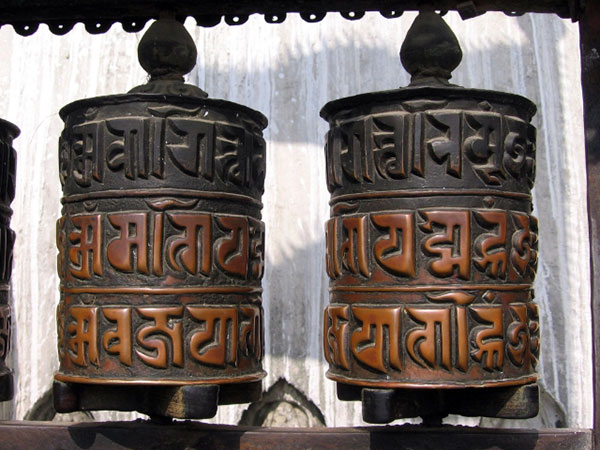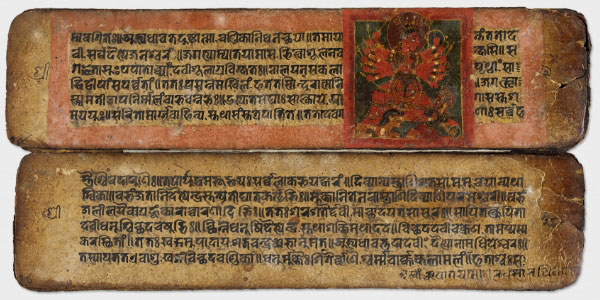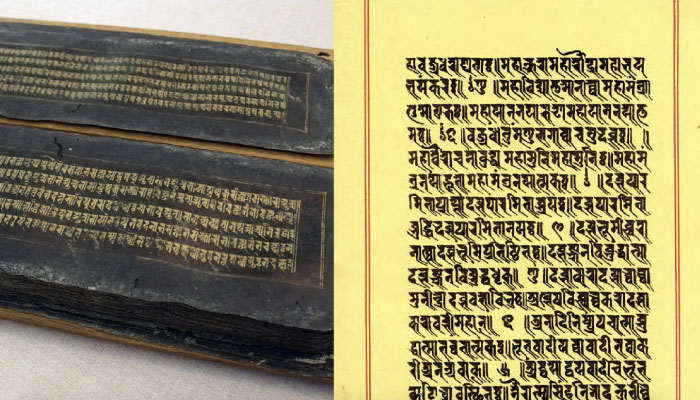Introduction to Ranjana Lipi
About Ranjana Lipi
Nestled in the heart of Nepal's Kathmandu Valley lies a cultural treasure that transcends time – the Ranjana Lipi. Also known as Lantsa or Lantsa script, Ranjana Lipi is an exquisite writing system with deep historical roots among the indigenous Newar community. This intricate script is more than just a means of communication; it's a testament to the rich cultural heritage of the region and the enduring legacy of the Newar people.
Originally, Ranjana Lipi was used primarily for religious texts, including Buddhist and Hindu scriptures. However, over time it became more widespread and was used for a variety of purposes, including government documents and personal correspondence.
Ranjana Lipi holds great significance as it was utilized not only for religious Buddhist manuscripts but also for elaborate stone inscriptions and metal carvings adorning temples. Its ornamental nature made it the perfect choice for etching powerful mantras onto temple pillars, shrines, and monasteries.

History

Ranjana Lipi is an ancient script that originated in Nepal and has been used for centuries to write Sanskrit and local languages. It was named after King Ranjana, it is said to be developed 8th to 11th century. Initially, the script was mainly used for religious texts, including Buddhist and Hindu scriptures. However, it later became more widely used for government documents and personal letters.
During the medieval era, a rich variety of scripts emerged for writing Nepal Bhasa, all evolving from the Brahmi Script. The Brahmi script initially found its way to the Newa people while being employed for Sanskrit or Pali. The ingenious Newa community developed their own script from this, known as Prachalit Nepal Script. Over time, they began embellishing this script with artistic designs, leading to the creation of multiple scripts.

The Nepalese script appeared in the 10th century. One of the earliest recorded instances is a manuscript called Lankavatara Sutra, dated Nepal Era 28 (908 C.E.). Another early artifact is a palm-leaf manuscript containing a Buddhist text, the Prajnaparamita, dated Nepal Era 40 (920 AD). Remarkably, one of the oldest surviving manuscripts of the Ramayana was penned in Nepal Script in 1041.
Moving into the 11th century, the exquisite Ranjana script emerged as a form of calligraphy. It gained renown for its sheer beauty and versatility. This script could be written conventionally, but it also had two coded forms: Kutakshar and Saptakshar. Notably, Ranjana Script played a pivotal role in registering Nepal as a sovereign nation in the United Nations.

Interestingly, the influence of Ranjana Lipi extended beyond Nepal's borders. It is believed to have left its mark on other regional scripts, such as the Tibetan script, as well as scripts utilized in certain parts of Southeast Asia. AS you can see in the picture, Ranjana Lipi has been found written on the Great Wall of China too.